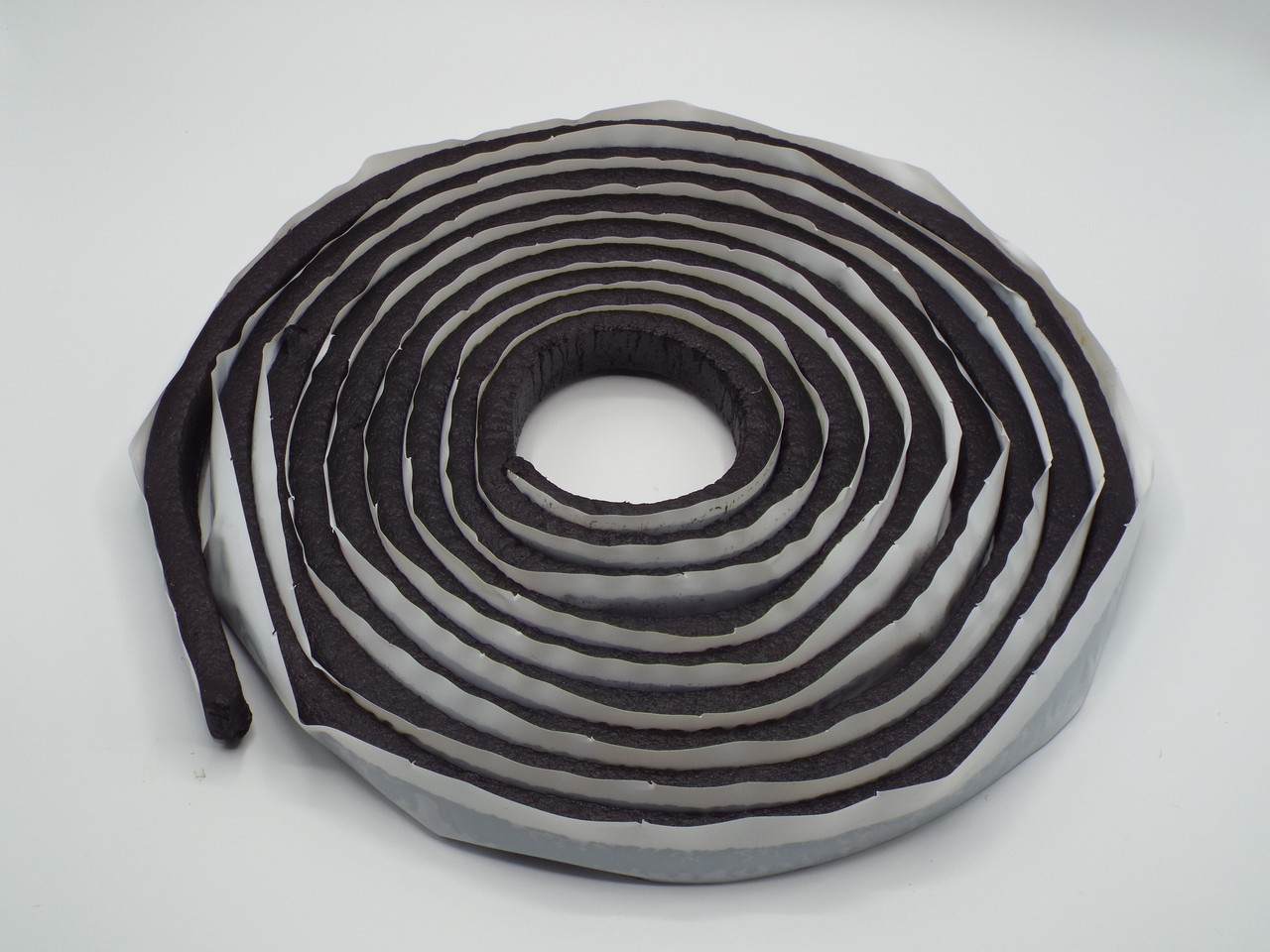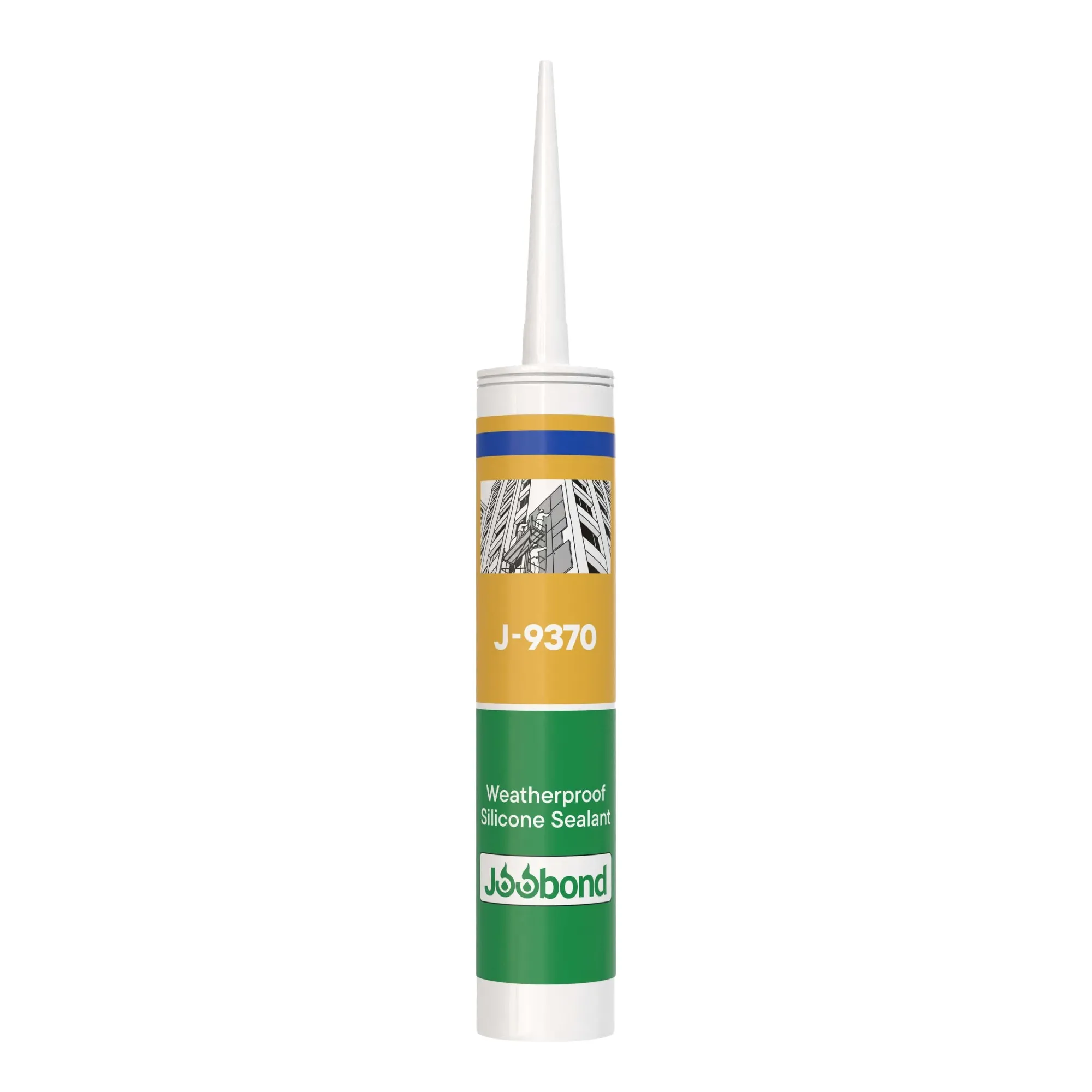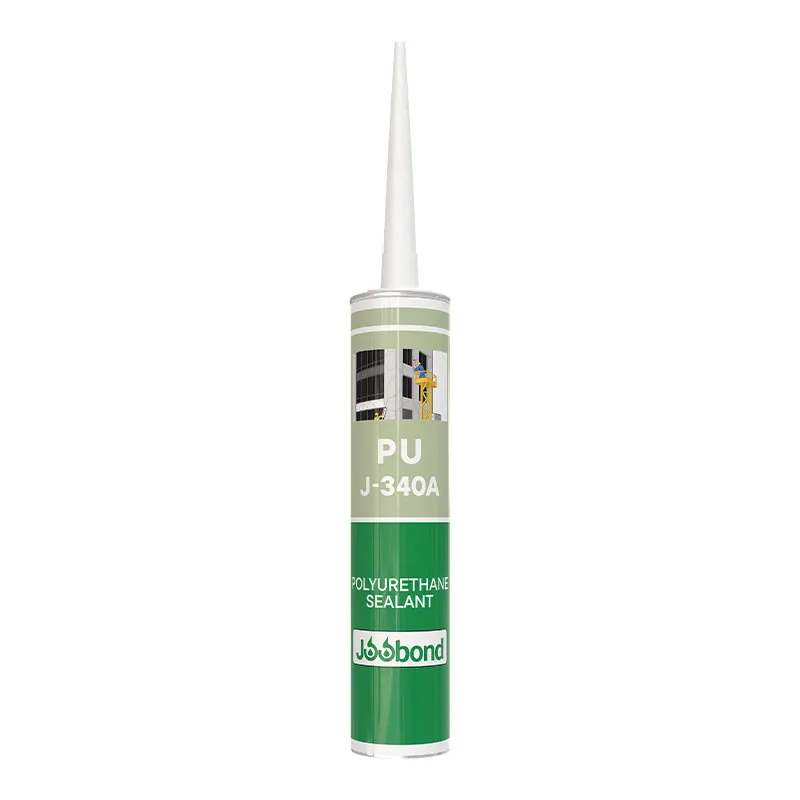جدول المحتويات
المزاريب هي إضافة أساسية للمنزل لحمايته من أضرار المياه، ويمكن أن تكون التسريبات والتشققات ضارة. إن اختيار أفضل مادة مانعة للتسرب للمزاريب لا يحميها من الأمطار والحطام والاختلافات في درجات الحرارة فحسب، بل يحافظ على متانتها أيضاً.
سنغطي في هذا الدليل ما يلي:
✔ Top-rated sealants for gutters (silicone, polyurethane, butyl rubber)
✔ How to select Correct sealant for your gutter material
✔ ️Application instructions for guaranteed waterproofing
✔ Common mistakes to avoid

Types of Gutter Sealants
– Advantages & DisadvantagesTYPES OF Gutters Sealants – PROS & CONS
🔹 Silicone Sealant
Best for: Aluminum, vinyl and seamless gutters
✅ / Flexible and waterproof / – Expands and contracts with heat and cold.
✅ UV resistant – Will not crack or dry out in the sun.
✅ It Lasts Long – Over 10 years of life when properly applied.
❌ Not paintable – Few color options (clear or white only).
❌ More difficult to remove – Needs solvents to reapply.
Top Pick: GE Silicone II Window & Door Sealant
🔹 Polyurethane Sealant
Best for: Metal (steel, copper) and heavy duty applications
✅ High durability – Bond well to metal and last in tough weather.
✅Paintable – Match it to your gutter color.
✅ Great adhesion – So it won’t peel and crack.
❌ Longer curing time – Sets fully in 24+ hours.
❌ Strong smelling – Needs to be used with ventilation.
🔹 Butyl Rubber Sealant
Best for: Seams, joints and downspout connections
✅ Self-leveling – Fill gaps and voids easily.
✅ Flexible – Great for when you need flexibility.
✅ Application – Usually in tape or caulk form.
❌ Shorter function life – You may have to reapply it every 5-7 years.
❌ Not UV-resistant – Ideal for use beneath gutter covers.

How to Select the Best Downspout Sealant
✔ Consider Your Gutter Material
Aluminum/Vinyl: Silicone or acrylic sealant
Steel/Copper: Polyurethane or butyl rubber
Seam Repairs: Butyl tape or self leveling sealant
✔ Check Weather Resistance
For wet climates, opt for 100% water ”“proof” (NOT RESISTENT) sealants (silicone or polyurethane).
Freeze + Thaw: Choose a flexible, freeze-thaw-resistant formula for colder temperatures.
✔ Ease of Application
Caulk gun sealants (Silicone, polyurethane) – Best for accuracy of use.
Peel-‘n-seal tape (butyl rubber) – To temporarily stop minor leaks.
Step-by-Step Guide to Sealing Gutters
Step 1: Clean the Surface of the Gutter
Scrub off dirt, rust and old sealant with a wire brush.
Clean stick with rubbing alcohol for optimal adhesion.
Step 2: Apply the Sealant
Squeeze it on using a caulking gun for a smoothly even application in seams and joints.
For butyl tape, push down closely against leaks.
Step 3: Smooth & Seal
Drag a wet finger or a putty knife across the sealant to make it neat.
Allow to cure for over 24 hours (ensure to follow the manufacturer’s directions).
Step 4: Test for Leaks
Then spray water from a hose to check for drips.
Reapply sealant if needed.

Preventive Gutter Sealing Mistakes
❌ Not prepping the surface – Sealant won’t adhere to dirty or rusty gutters.
❌ Applying in cold or damp weather – It is it important that the sealant has completely dry condition to cure.
❌ Using an inappropriate sealant – Silicone is better for flexibility; polyurethane for metal.
❌ Too Thickly applied sealant – Thicker the application the longer it takes to dry and it will produce cracks.
Expert Maintenance Tips
Check gutters for cracks twice a year (spring & fall).
Reapply every 5-10 years (silicone lasts longest).
Use gutter guards – Though it won’t completely keep debris out, it’s a great way to lessen debris build up and prevent leaks.

